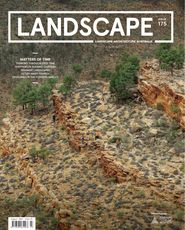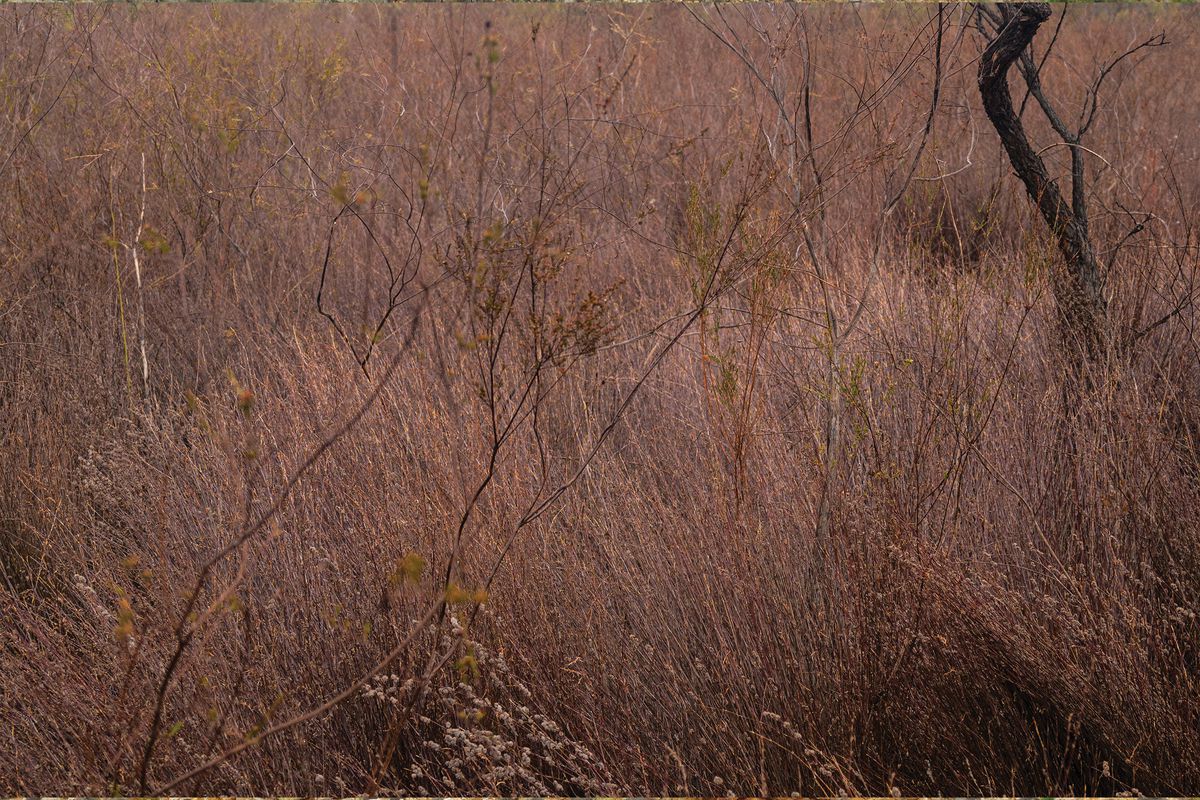In the opening article of this issue, Yuin Budawang woman Kaylie Salvatori speaks of how, in some Indigenous knowledges, “space and time are understood as one, or interchangeable.” For eons before, and eons to come, time is continuity, inherently intergenerational and inherently embedded in the more-than-human signals of Country. The Western concepts of time have trapped us all in ever-shorter cycles, “seeking unlimited growth that privileges the present over the forever.”
We know it well. From our earliest days (and nights) training in the design studio, we become brutally aware of time. In that Western design framework, time is always running out. You have to get the work in on time, there never seems to be enough time, and don’t forget to represent your project over time!
When we were invited to guest-edit an issue of Landscape Architecture Australia, we started thinking about how landscape architecture tends to be portrayed in the media – through glossy images of recently constructed projects, often only months after completion, and in ways where the presence of time can be difficult to discern. New projects dot the awards, the magazines and our social media feeds. While static images of our projects frame their most beautiful aspects, they can struggle to tell us about the reality of landscape – of the processes of emergence and of becoming.
The traditional approach to operating as a landscape architect doesn’t allow for serious engagement with the myriad dimensions of time, confined as it is within those very frameworks that prioritize the interests of capital, incentivize rapid delivery and favour short-term thinking. Meanwhile, the climate crisis and biodiversity emergency loom, demanding radical timing and projective intergenerational thinking.
In this issue, we want to provoke questions about time so that we can avoid ignoring it. We have collected a range of perspectives, practices and projects from around Australia and beyond that reveal learnings about how landscape architecture is interwoven with, and might better engage, time.
The issue asks many questions about time and landscape architecture. We explore landscapes imprinted with eons of culture and geomorphology. How can Indigenous understandings of deep time and values of Country serve as a foundation for landscape architecture practice? We explore community, grassroots initiatives and cross-continental revegetation. How can community and culture drive rewilding efforts in inner-city sites and across vast Australian geographies? We explore landscapes that no-one has designed. How can we revalue spontaneous urban nature and ancient landscapes? And how can we leave space for the future – for landscapes to emerge and exist according to their own rhythms?
We also look back to look forward. There is a vast repository of landscape architecture projects to reflect upon and learn from, located in both strategic urban sites and regional communities. What can we learn from these projects in order to better represent, deliver and maintain landscapes through time? We explore how landscape practice might need to shift, in terms of the work we do, the contracts that govern our projects and the clients we work for. How can we operate as landscape architects when our work finishes the moment a landscape begins to emerge?
– Daniel Jan Martin and Liam Mouritz, guest editors
Daniel Jan Martin and Liam Mouritz practice in Perth on Noongar Boodjar and collaborate under the banner, Super Natural.
Source

Archive
Published online: 22 Jul 2022
Words:
Daniel Jan Martin,
Liam Mouritz
Images:
Daniel Jan Martin
Issue
Landscape Architecture Australia, August 2022












